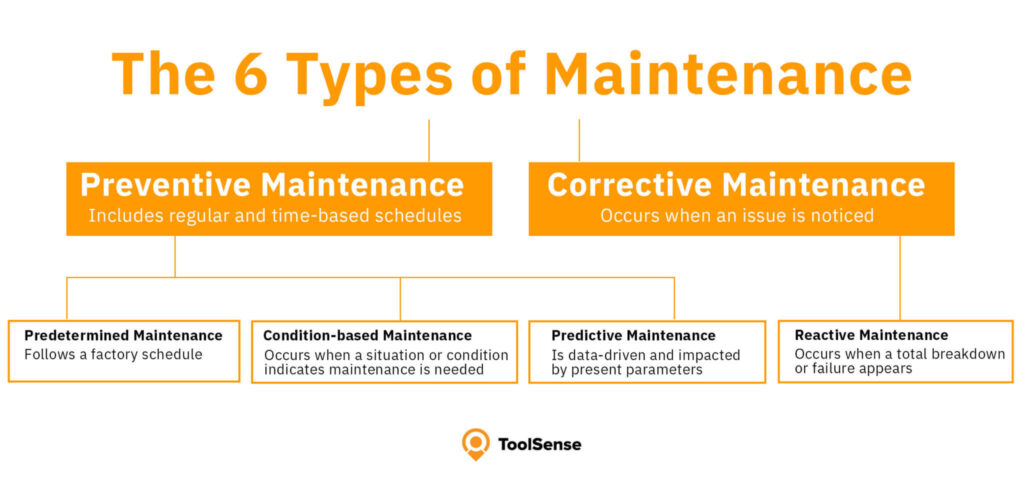Downtime. It’s the silent killer of productivity, eating away at profits and deadlines in manufacturing facilities worldwide. The good news? Much of it is preventable. Smart scheduling, particularly when it revolves around a well-defined production schedule, is the key weapon in your arsenal against these costly interruptions.
Key Takeaways:
- Smart scheduling, with a strong production schedule at its core, significantly reduces downtime by optimizing resource allocation and minimizing bottlenecks.
- Predictive maintenance, driven by data insights from your production schedule, allows you to address potential equipment failures before they cause disruptions.
- Real-time visibility into your production schedule enables quick adjustments and proactive problem-solving, further minimizing the impact of unexpected events.
Understanding the Impact of Your Production Schedule on Downtime
A poorly constructed production schedule is often the root cause of many downtime issues. Think of it like a chain reaction. A misallocation of resources leads to bottlenecks. Bottlenecks cause delays. Delays put stress on equipment and personnel. Stressed equipment is more prone to failure. And finally, equipment failure results in downtime. A well-designed production schedule, however, proactively addresses these potential problems before they materialize.
For instance, imagine a scenario where a particular machine, vital to the assembly line, is consistently overloaded in the schedule. This constant strain not only increases the risk of breakdowns but also reduces the machine’s lifespan. A smarter production schedule would distribute the workload more evenly across available resources, implementing preventive maintenance based on usage and predicted wear. It’s about understanding your capacity, having enough computational power for simulations – you might need to think about that new server with 32 gb of RAM – and planning accordingly.
Implementing Predictive Maintenance Based on the Production Schedule
One of the most significant advantages of a robust production schedule is the ability to implement predictive maintenance strategies. By analyzing historical data, current performance metrics, and projected workloads from your schedule, you can identify potential equipment failures before they happen.
For example, if your production schedule indicates that a specific machine will be operating at peak capacity for an extended period, you can schedule proactive maintenance to inspect and replace worn parts before they fail, causing unscheduled downtime. This might involve vibration analysis, thermal imaging, or oil analysis, all triggered by the data points within your production schedule. It’s about shifting from reactive maintenance (fixing things after they break) to proactive maintenance (preventing breakdowns in the first place).
Real-Time Visibility and Adaptability in Your Production Schedule
Even the most meticulously crafted production schedule can be derailed by unforeseen circumstances – a sudden surge in demand, a delay in raw material delivery, or an unexpected equipment malfunction. The key to minimizing downtime in these situations is real-time visibility and adaptability.
A modern scheduling system provides a live view of your production schedule, allowing you to track progress, identify bottlenecks, and monitor equipment performance in real-time. When an unexpected event occurs, you can quickly analyze its impact on the overall schedule and make adjustments accordingly. This might involve re-allocating resources, rescheduling tasks, or even temporarily shifting production to a different line.
Optimizing Resource Allocation with Smart Production Schedule
At its core, smart scheduling is about optimizing resource allocation. This means ensuring that you have the right people, the right equipment, and the right materials available at the right time. Your production schedule should take into account factors such as machine capacity, employee skills, material availability, and production priorities.
By carefully analyzing these factors, you can create a schedule that minimizes bottlenecks, reduces waste, and maximizes overall efficiency. This can involve techniques such as constraint management, critical path analysis, and buffer management. A well-optimized schedule not only reduces downtime but also improves throughput, reduces lead times, and increases customer satisfaction.





